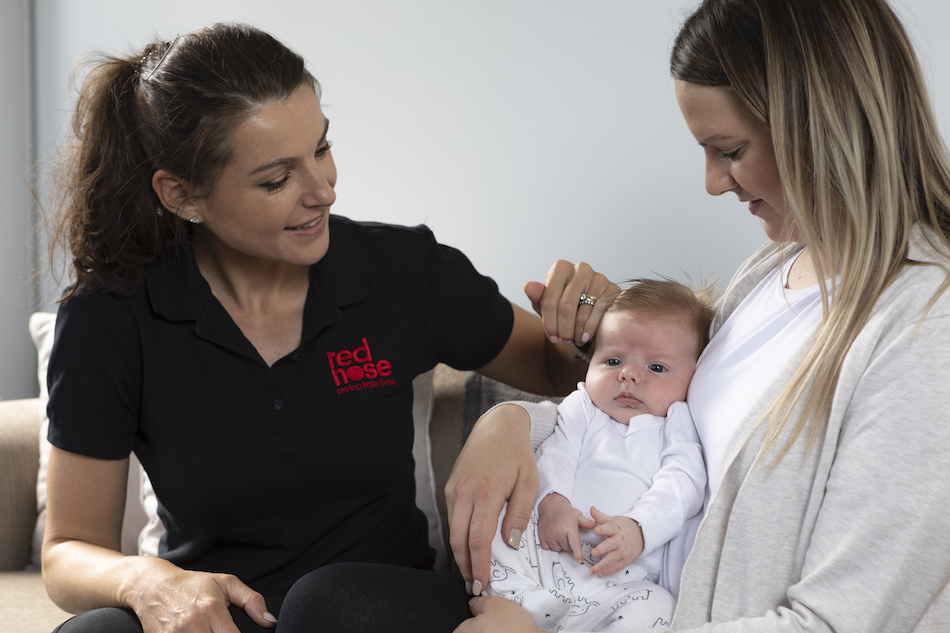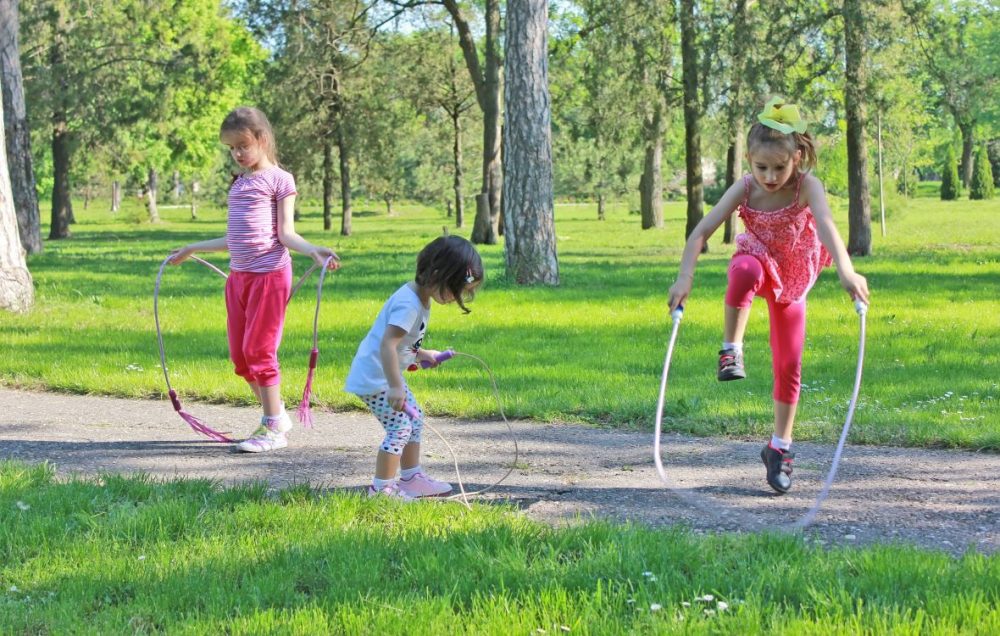Written by Emily Hayles – Physiotherapist, Business Owner, and Author of ‘Braver than you think: How to help your child with a disability live their best life’
Are you quarantined inside the house due to the current COVID-19 social distancing restrictions? Wondering about how to make sure your child’s gross motor skills continue to develop as they should over the next several months?
No need to worry – there are plenty of things that you probably already have in your house that you can use to support your child’s gross motor development.
Hopefully you will be surprised and relieved by reading the list below, as you realise that the tools you need to support your child’s gross motor development are already within your reach.
-
Rolled towel or blanket
To help your baby to learn to hold their head up, and also to learn to practice holding themselves on their hands and knees, you can use a rolled towel or blanket under their chest or tummy to help hold them up as they build their strength in these positions.
For babies who are crawling, or older babies and children who are walking, you can use a towel or blanket hung across two chairs as a barrier for them to crawl under as part of an obstacle course.
-
Your legs
Similar to the rolled towel or blanket above, you can use one of your legs flat on the floor to help your baby to learn to hold their head up, practice pushing up through straight arms when on their tummy, or to practice holding themselves on their hands and knees.
Your legs can also be barriers to either side of your baby when they are learning to sit up by themselves. Sit with your legs in a ring, and position your baby sitting in between your legs. Start by having toys close by, but as they progress towards crawling, you can also put toys on the outside of your legs to encourage your child to rotate and crawl over your legs.
-
Pillows
Like the rolled towel and your legs, you can also use a pillow folded in half to help your baby to practice holding their head up.
Pillows laid across the ground in a line can also be a great obstacle course for both crawling babies as well as bigger kids – the smaller babies can crawl across the pillows, and the older kids can walk over the pillows. Both variations of pillow obstacles challenges your child’s core strength and balance.
-
Laundry basket
When your baby is first learning to sit, you can sit them in one end of a laundry basket to help them learn to sit up by themselves. Put a pillow in front of them on their lap if your baby is still leaning forwards when they sit.
When your baby is older and is learning to stand and step while holding on for support, a laundry basket turned upside down can be a fantastic replacement for a push cart or push walker.
-
Gym ball
If you happen to have a large gym ball or exercise ball at home, then these can also be used for a variety of gross motor activities for your baby. When your baby is little, you can lie them on their tummy to help them to learn to hold their head up. When your baby is learning to sit, you can hold your baby in a sitting position on the ball. In either of these positions you can gently rock your baby from side to side, forwards and backwards, or in circles, all of which will help your baby to learn to develop balance reactions.
-
Coffee table or lounge chair
A coffee table or lounge chair is usually an ideal height for your baby to learn to pull to stand on. Once they can stand, you can also use the coffee table or couch to encourage them to step sideways (cruising) by putting their toys to either side of where they are standing. And then finally, if you turn your baby to have their back against the lounge chair, you can encourage them to take their first steps towards you.
-
Dining chair
Like a coffee table and lounge chair, a dining chair is a perfect height for your baby to learn to pull to stand on. However, a dining chair (if the bottoms of the legs are slippery enough) can sometimes slide on tiles or wooden floors. So a dining chair can also be a great tool for your baby to learn to push around instead of using a children’s push cart.
-
Broom sticks or mop sticks
As your child is getting more confident with stepping behind a dining chair or laundry basket, you can then progress to using a broom stick or mop stick for them to hold onto instead. Your child will hold onto the broom or mop stick and you hold on to provide some support as they are walking. The difference between the sticks and the chair or basket is that the sticks are less stable, which will challenge your child’s balance reactions as they get closer to walking by themselves.
-
Rope, hose, or plank of wood
Once your child is up and walking by themselves, you can use a rope or hose or plank of wood to help them to practice their balance by walking along it, their jumping by jumping onto/off it or forwards/backwards/sideways over it. If you tie the ends of the rope or hose up, you can also use it as part of an obstacle course and ask your child to go under it.
-
Chalk, electric tape or masking tape
A piece of chalk, some electrical tape or some masking tape – strategically placed or drawn on the ground – can provide endless ideas for activities to challenge your child’s gross motor, balance or coordination skills. You can create a hopscotch course, a balance beam, a narrow winding path to follow, crosses or squares for your child to jump between like lillypads, a ladder on the floor for agility activities, start and finish lines for running races – all you need is some floor space and a bit of imagination
If you are concerned about your child’s development, then you can still safely connect with a children’s physio or occupational therapist for an assessment, either in person (if your local practice is still doing face to face appointments) or via an online video appointment. I hope everyone is keeping safe and well during this time.
For more tips and information, visit www.moveplaypaedtherapy.com.au
To view on YouTube:
You may also like to read:









